Author: Matt Del Fiacco
Many brewers tend to have multiple brewing related side interests, whether that’s fermenting foods, running barrel projects, or dedicating fermentor space to sour beer production. I’m personally a fan of making cider and have often pondered the different variations I can concoct, as well as how much alcohol I can pack into a batch.
Apple Wine, or Apfelwein as the Germans call it, has a higher ABV than cider that, which is accomplished by incorporating sugars along with apple juice, that produces a drink with more wine-like characteristics. This is contrary to something like ice cider where the juice is concentrated to a higher sugar content through freezing before being fermented. And unlike many modern cider counterparts, apple wine is typically quite dry with low astringency and a lighter body.
I had the opportunity to participate in a fairly large group cider buy last year, which left me with a bit more juice to play with than usual. Perfect opportunity to make a tasty batch of apple wine!
| Making Apple Wine |
I make apple wine using a similar process to how I make mead, one initial key being to keep the yeast as happy and healthy as possible, while the focus post-fermentation is all about profile refinement and accentuating desirable characteristics.
Apple Wine
Recipe Details
| Batch Size | Boil Time | IBU | SRM | Est. OG | Est. FG | ABV |
|---|---|---|---|---|---|---|
| 5 gal | 0 min | 0.0 IBUs | 8.5 SRM | 1.092 | 1.003 | 11.9 % |
| Actuals | 1.092 | 0.994 | 13.2 % | |||
Fermentables
| Name | Amount | % |
|---|---|---|
| Apple Juice | 43.5 lbs | 91.58 |
| Corn Sugar (Dextrose) | 4 lbs | 8.42 |
Miscs
| Name | Amount | min | Type | |
|---|---|---|---|---|
| Yeast Nutrient | 2.00 g | 3 days | Primary | Other |
| Potassium Sorbate | 7.00 g | 0 min | Secondary | Other |
| Wine Tannin | 3.00 g | 0 min | Secondary | Water Agent |
| Apple Juice Concentrate | 12.00 oz | 0 min | Bottling | Flavor |
| Acid Blend | 16.00 g | 5 min | Bottling | Other |
Yeast
| Name | Lab | Attenuation | Temperature |
|---|---|---|---|
| Lalvin EC-1118 (EC-1118) | Lallemand - Lalvin | 75% | 45°F - 95°F |
Download
| Download this recipe's BeerXML file |
PROCESS
I started off by rehdyrating a pack of Lalvin EC-1118 yeast in warm water, to which I added 6 grams of Go-Ferm.
I then combined the dextrose with 1 gallon of the apple juice in a pot and gently warmed it to fully dissolve the sugar.
This sweet solution was then added along with the 4 remaining gallons of the juice and yeast nutrient to a sanitized fermentation bucket.
A hydrometer measurement of the well mixed solution showed it was sitting at respectable 1.092 OG.
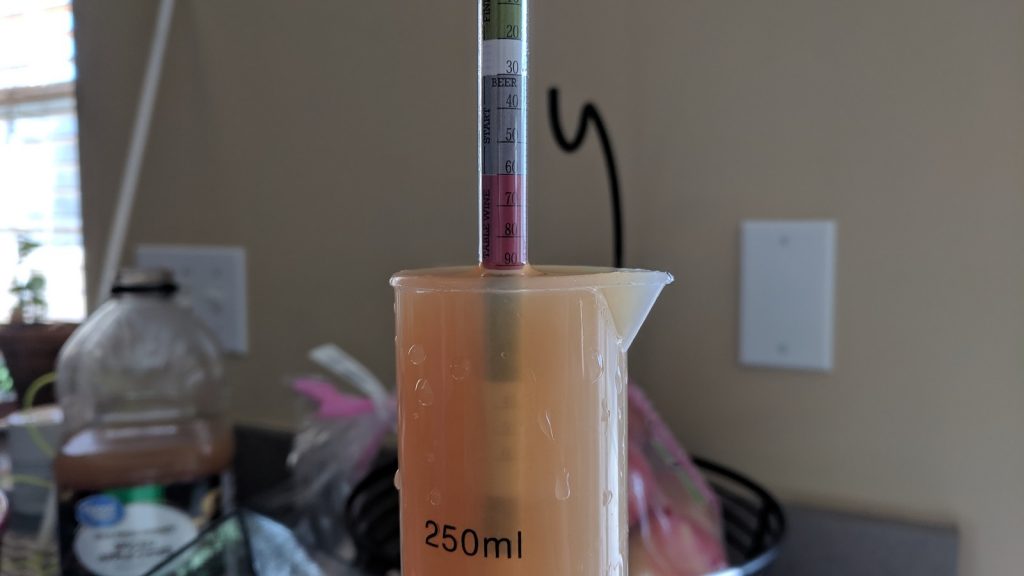
At this point, I pitched the yeast then left the apple wine to ferment in my basement, which maintains a fairly steady 58°F/14°C.
After 24 hours of fermentation, I removed the CO2 from solution using a degassing wand, a process I repeated 4 more times over the following week.
The apple wine was left alone for 3 weeks before I racked it off the lees into a sanitized and CO2 purged keg. Following 2 months of aging, I took a hydrometer measurement indicating the apple wine had fermented all the way down to 0.994 FG, resulting in a warming 13.13% ABV.
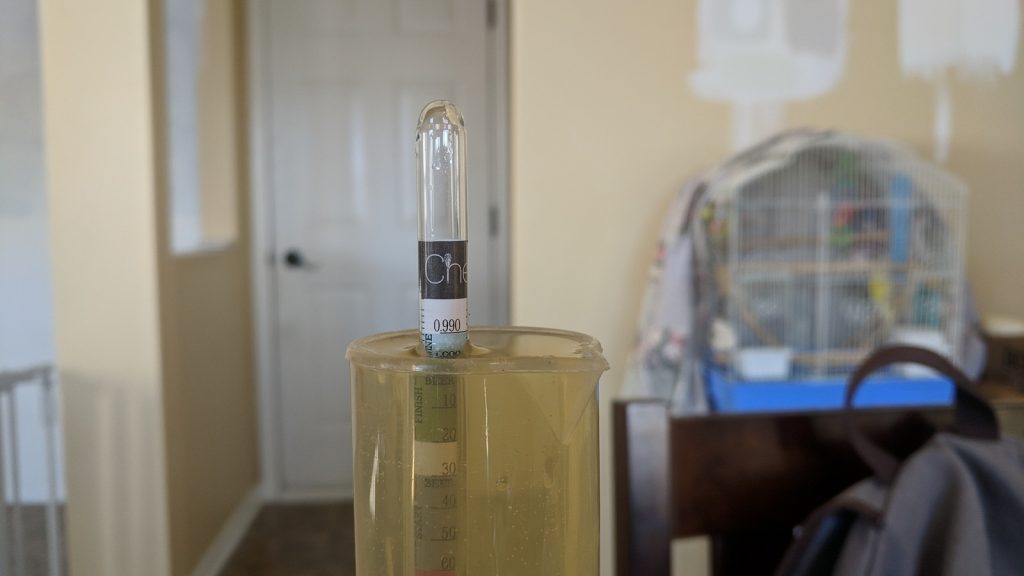
I then dissolved the potassium sorbate in a small sample of the apple wine before adding it back to the full batch.
Following a 24 hour wait to allow the sorbate to do its thing, it was time to do some blending. I grabbed a few samples of the apple wine and began playing around with different amounts of acid blend, wine tannin, and apple juice concentrate. When I achieved my preferred semi-dry profile, I scaled up the amounts of each additive and added them to the full batch.
The apple wine was left for another week under just enough CO2 pressure to keep the lid sealed without carbonating, then it was ready to drink!
| IMPRESSIONS |
The idea that apple wine is an acquired taste isn’t terribly uncommon, though I’ve not personally found this to be true in my experience. While it is certainly unique, I truly feel a well-balanced apple wine can be very accessible. I’ve had the pleasure of sharing this particular batch of apple wine with wine lovers and beer nerds alike, and while it isn’t for everyone, most were pleasantly surprised.
My goal when making apple wine is to retain enough apple flavor without having it come across as a standard cider that happens to have more alcohol. The center of the venn diagram for cider and wine characteristics is precisely where a good apple wine should sit. Like many of the people I shared this apple wine with, I perceived it as being reminiscent of a semi-dry white wine with light astringency and a noticeable yet subtle apple character. The tart notes contributed by the acid blend seemed to make the flavor a bit more lively, and while I enjoy the still version, a touch of carbonation might provide an interesting dimension.
Overall, I’m really happy with how this apple wine turned out and could easily blow through this keg in no time with the help of friends and family. However, I’m decided to let a good portion of it continue aging and can’t wait to see how it develops over time!
If you have thoughts about this recipe or experience making apple wine yourself, please feel free to share in the comments section below!
Support Brülosophy In Style!
All designs are available in various colors and sizes on Amazon!
Follow Brülosophy on:
FACEBOOK | TWITTER | INSTAGRAM
If you enjoy this stuff and feel compelled to support Brulosophy.com, please check out the Support page for details on how you can very easily do so. Thanks!


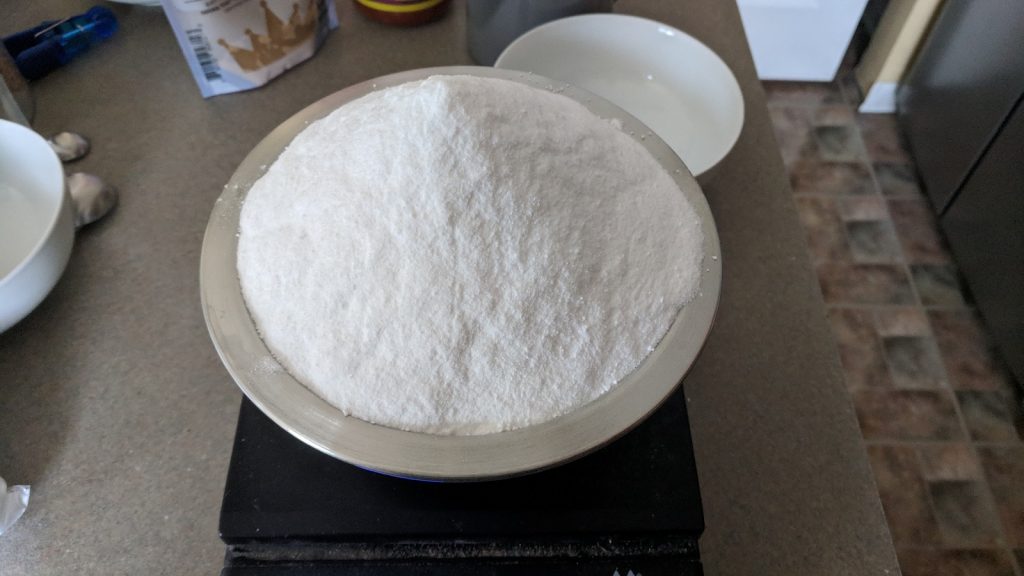
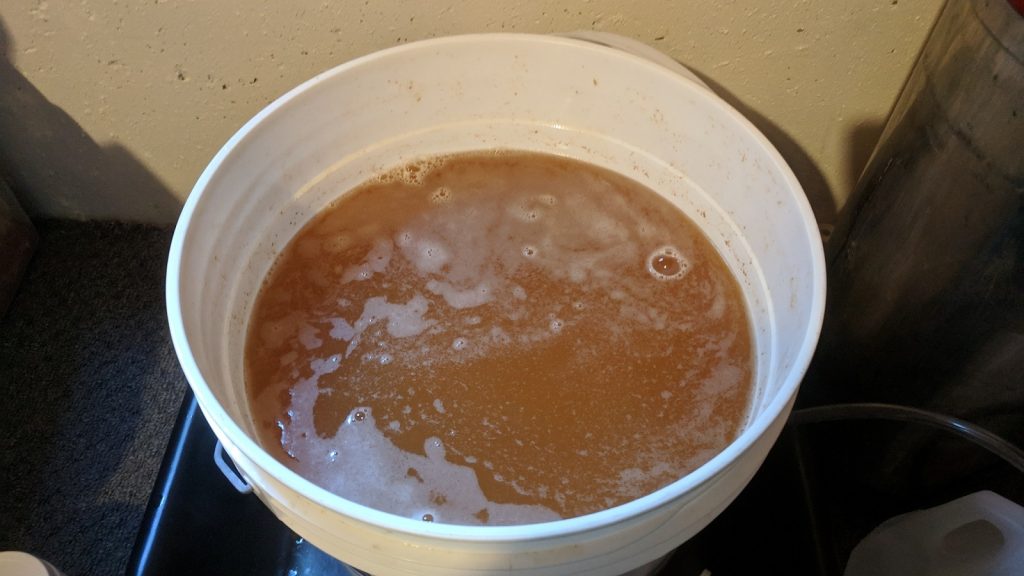
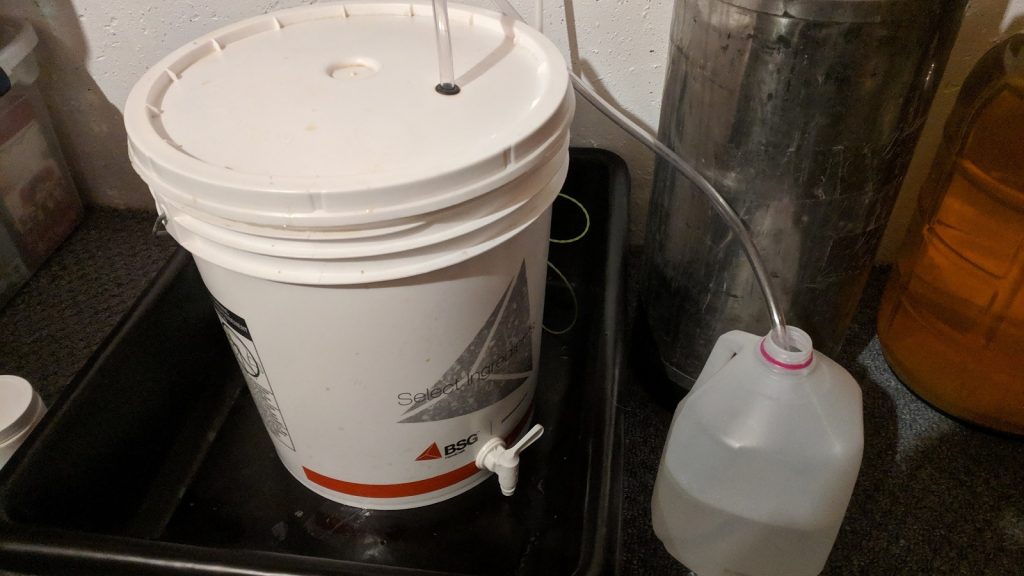
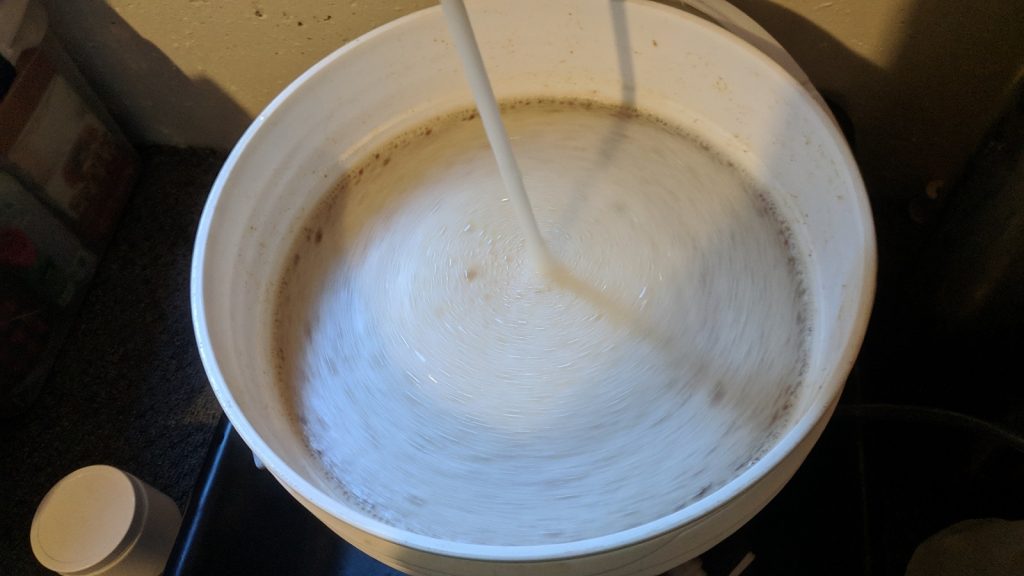
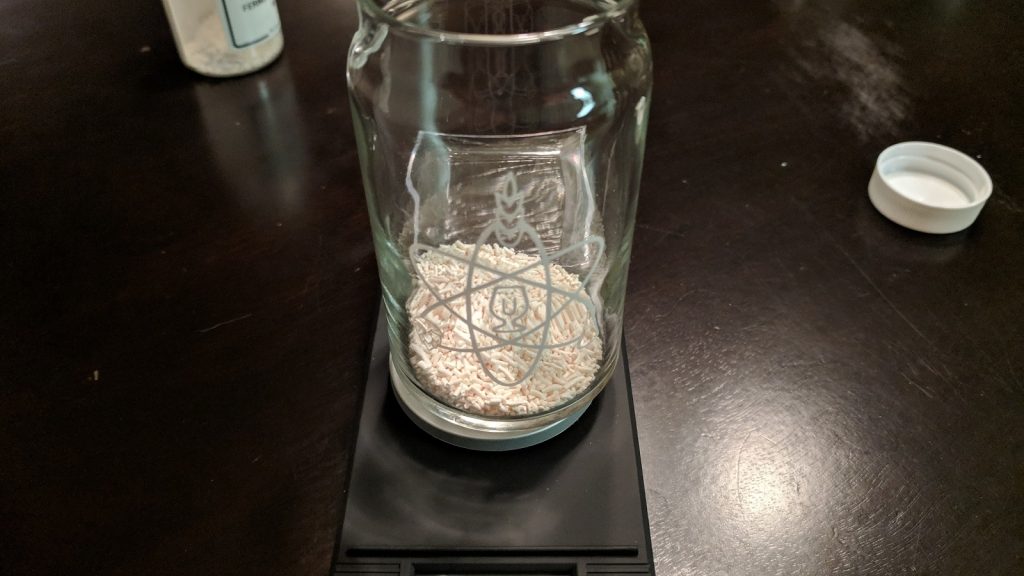
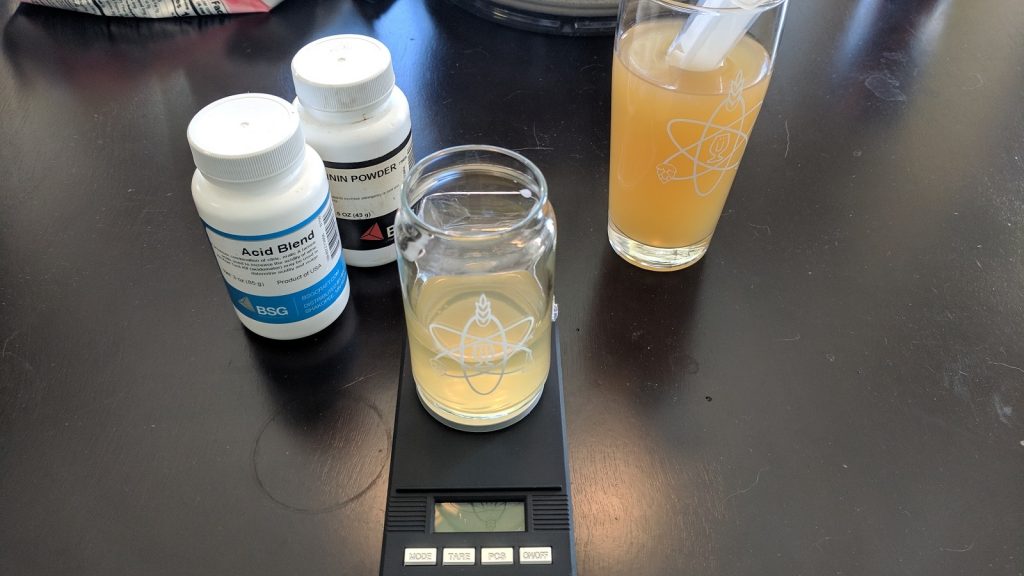
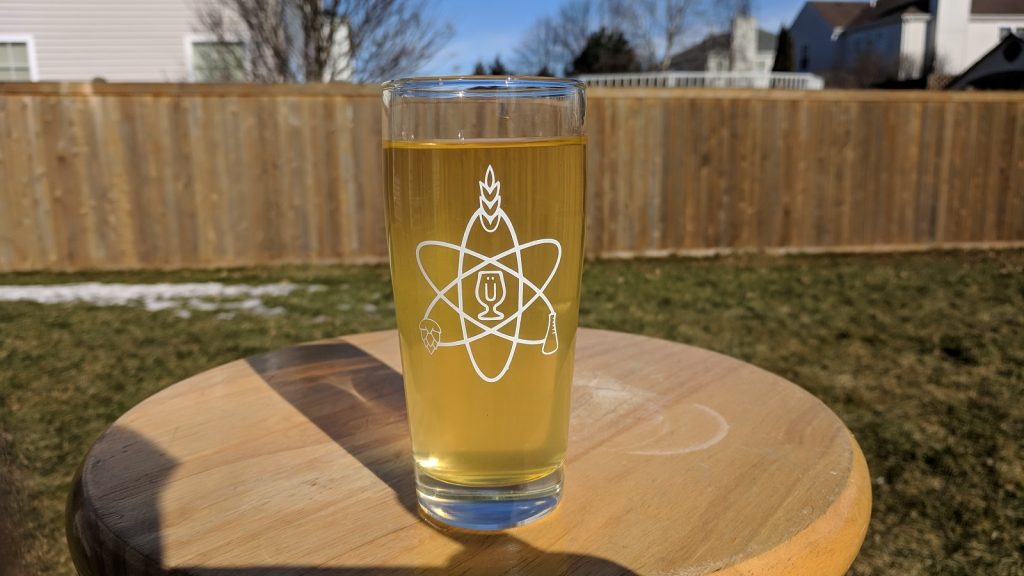










14 thoughts on “Brü It Yourself | Apple Wine”
Although ciders and apple wines aren’t something I currently brew or drink. I really enjoy reading about this topic and have been inspired to brew a cider at some point this summer. Great article, keep up the great work!
Definitely give it a shot! A nice, semi-sweet cider lightly carbed is an amazing summer drink.
Any thoughts on achieving higher OG through boiling of the juice? Think that would alter the flavor in a negative way?
Typically, we shy away from boiling cider due to the reported impact on flavor. To concentrate cider to a higher ABV (you’d be doing something like Ice Cider, and then adding sugar) usually we freeze it and collect the concentrated juice that way.
If you do that process after fermentation, freeze distillation, you’re making Apple Jack.
I highly recommend a more complementary wine yeast that provides fruity esters such as 71B, D47, or QA23. EC 1118 is intended to be very neutral and is frankly quite boring in comparison. All of the yeast I listed have relatively low nutrient requirements and should not produce sulfur notes unless fermented too hot and fast (above ~65), at which point you would also lose some apple aromatics.
You can certainly boil the juice to concentrate it, Reverend Nat’s has a commercial cider that is boiled to caramelize the juice, then has spices added. Think cooked apple pie type flavor rather than fresh apple juice.
I’ve actually done quite a bit of work with D47 and 71B, in apple wine’s specifically, and agree they make a great product! I disagree that EC-1118 is boring, though it is certainly more neutral. Interestingly enough, the only Apple Wine to win a medal at the National Homebrew Competition used EC-1118! Would it have been better with another yeast? We can only speculate.
I’ll need to try boiling juice for concentration! I think that sounds like a lot of fun for an experiment, freezing vs heating for concentration. Thanks!
In that case, I guess it’s personal preference! I agree that 1118 is “neutral” compared to the others, it is documented to have a relatively low ester and glycerol production relative to the others. Triangle test?…..
How many gravity points of apple concentrate did you add / what was fg after backsweetening?
Do you leave it in the keg for serving very slightly carbonated? It seems like serving it still isnt an option?
I brought that cider back up to about 1.002. And I actually do end up bottling it after I feel it has had time to drop clear in the keg more. The bottling is more so so I can use that keg for other projects, and hold on to bottles for a while. This one though had not been bottled yet, and from what I could tell if there was a carbonation, I couldn’t notice it.
I currently have a pear wine that I’m brewing from fresh pears that I juiced last fall. Love the write up!
What is it like without the acid? And tannins? More sweet?
Being born and raised in Germany, with my mum being from northern Bavaria, close to Frankfurt, where they drink a lot of applewine, I have never had or seen an applewine with more than 5-6%. A quick google search of the style results in an ABV range of 4.8-7%. You might have created a nice fruit wine (with apples), but calling it Apfelwein is simply not correct.
Appreciate the feedback, Jonas! I’d love to try more classic examples of the style, and I’m perfectly comfortable calling it Applewine (like the title) and not apfelwein (which I refer to it as in the intro paragraph).
However, this is only 1% above the ABV guidelines for “Applewine” as defined by the BJCP (9%-12%). It may be worth reaching out to them to let them know the style guidelines that they have laid out for this style do not represent the historic and modern definition.
I think the apfelwein in Frankfurt area is a special cider that they have and not BJCP applewine.
It is always sparkling and I’m not sure about the ABV personally, but didn’t feel to me like it had so much alcohol, and it was very dry.